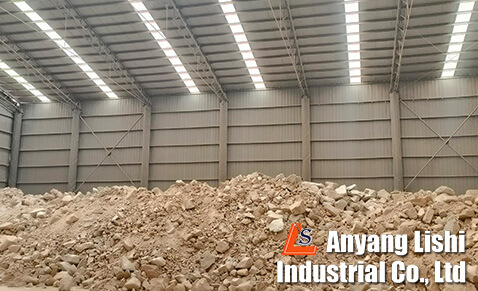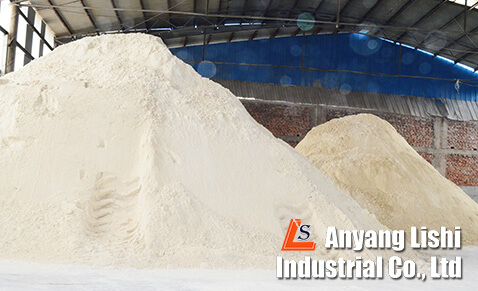
Soda feldspar, commonly known as sodium aluminum silicate, is a crucial industrial mineral widely used in the production of ceramics, glass, and other applications. The pricing of sodium feldspar is influenced by various factors, including geological properties, market demand, production costs, and global economic conditions. In this article, we will delve into the intricate factors that contribute to the pricing dynamics of sodium feldspar.

Sodium feldspar is a type of feldspar mineral primarily composed of sodium, aluminum, silicon, and oxygen. It is an essential component of igneous rocks like granite and pegmatite. The availability and geological properties of sodium feldspar significantly impact its pricing. Regions with abundant and easily accessible sodium feldspar deposits tend to have lower prices due to lower extraction and transportation costs.
The demand for sodium feldspar is closely tied to various industries, including ceramics, glass, and paint. As the global construction industry expands and urbanization continues, the demand for ceramics and glass products increases, consequently driving up the demand for sodium feldspar. Conversely, a decrease in demand or a shift in consumer preferences can lead to a drop in prices.
Market competition plays a vital role in determining the price of sodium feldspar. The presence of multiple suppliers and manufacturers within a region can lead to price wars and competitive pricing strategies. Manufacturers may offer discounts, bulk pricing, or other incentives to attract customers, thereby affecting the overall market price.
The cost of extracting and processing sodium feldspar is a significant determinant of its price. Factors such as energy costs, labor, equipment, and technology advancements in extraction and processing can impact production costs. Efficient and sustainable extraction technologies can help manufacturers maintain competitive prices in the market.
Global trade policies and tariffs can influence the pricing of sodium feldspar, particularly in regions where it is imported or exported. Tariffs imposed on sodium feldspar can increase its price in the importing country, affecting the overall market dynamics and pricing structure.
Stringent environmental regulations regarding mining and processing sodium feldspar can affect production costs and subsequently impact pricing. Compliance with environmental standards may necessitate investments in pollution control technologies, leading to higher production costs that could be passed on to consumers.
Fluctuations in economic conditions and currency exchange rates can have a direct impact on the pricing of sodium feldspar. Changes in currency values can affect the cost of imports and exports, influencing the overall price structure of sodium feldspar in a specific region.

Conclusion:
The pricing of sodium feldspar is a complex interplay of geological properties, market dynamics, global demand, production costs, technological advancements, trade policies, and economic conditions. Understanding these factors is essential for stakeholders in the industry to make informed decisions and navigate the sodium feldspar market effectively. As the demand for sodium feldspar continues to evolve with advancements in various industries, staying updated on these factors is crucial for both producers and consumers.

Whether you have questions or you would just like to say hello,Contact us!
Call Anytime:
+86 15837207537Send E-mail:
info@lsakminerals.comAddress:
Anyang City , Henan Province, China.